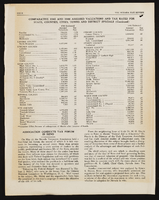Search the Special Collections and Archives Portal
Search Results

Elbert Edwards Photograph Collection
Identifier
Abstract
The Elbert Edwards Photograph Collection contains photographs of Nevada from 1852 to 1991. The collection has a wide variety of photographs, including: white pioneers and settlers; early Nevada towns; Nevada politicians; early Las Vegas landmarks; Boulder City schools; petroglyphs from Nevada's indigenous populations; Lost City and Lake Mead; railroads; the Hoover Dam (Boulder Dam); Basic Magnesium Inc. in Henderson, Nevada; geographical features; the Edwards family; and photographs of Elbert Edwards's participation in the Las Vegas Education Association and the Rotary Club.
Archival Collection
Amy Ayoub Papers
Identifier
Abstract
The Amy Ayoub Papers (1906-2022) document the life and career of Amy Ayoub, a long-time resident of Las Vegas, Nevada. The collection consists of correspondence, photographs, newspaper clippings, research, and other material that document the numerous facets of Ayoub's life. The collection covers many areas: Ayoub's early childhood; her family, including father Bobby Ayoub and stepfather Raymond Sutton; her financial consulting career and political work; her experience working as a prostitute in Nevada and subsequent documentary about being sex trafficked and working in brothels; time spent as the first female Nevada Athletic Commissioner; and more. Digital files include audio and video files of Mike Tyson's 2002 licensure hearing, and video of Ayoub's testimony before the Nevada State Assembly Judiciary Committee for Assembly Bill 67 in 2013. There are also digitized photographs that Ayoub used for the documentary The Zen Speaker: Breaking the Silence.
Archival Collection

Transcript of interview with Charlotte Conti by Charles Conti, March 20, 1978
Date
Archival Collection
Description
On March 20, 1978, Charles Conti interviewed hairdresser and physical education instructor of St. Francis School, Charlotte Conti (born Charlotte Anne Easton on December 13, 1941 in Arkansas) at her home in Las Vegas, Nevada. During the interview Charlotte discusses occupations, Mormon Church activity, education, marriage and raising a family in Las Vegas. She then recalls the social significance and communal impact of the annual Helldorado Parade. She also discusses the overall growth and development of Las Vegas, Nevada, from 1953 to 1978.
Text
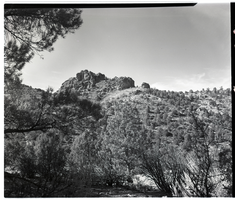
Film transparency of the Beaver Dam area near Carp, Nevada, November, 1954
Date
Archival Collection
Description
Image
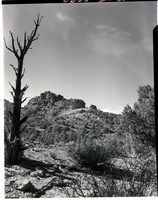
Film transparency of the Beaver Dam area near Carp, Nevada, November, 1954
Date
Archival Collection
Description
Image
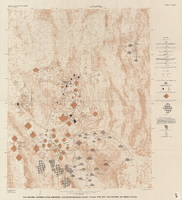
Map showing ground-water chemistry and hydrochemical facies, Nevada Test Site and vicinity, southern Nevada, 1965
Date
Description
712-C. Issued as plate 3 from U.S. Geological Survey professional paper 712-C, Hydrogeologic and hydrochemical framework, south-central Great Basin, Nevada-California, with special reference to the Nevada Test Site, by I.J. Winograd, and William Thordarson, published in 1975 by the U.S. Geological Survey.
Image
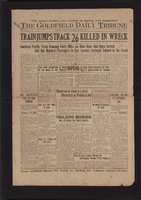
Newspaper, Goldfield Daily Tribune, March 20, 1907
Date
Description
Text

